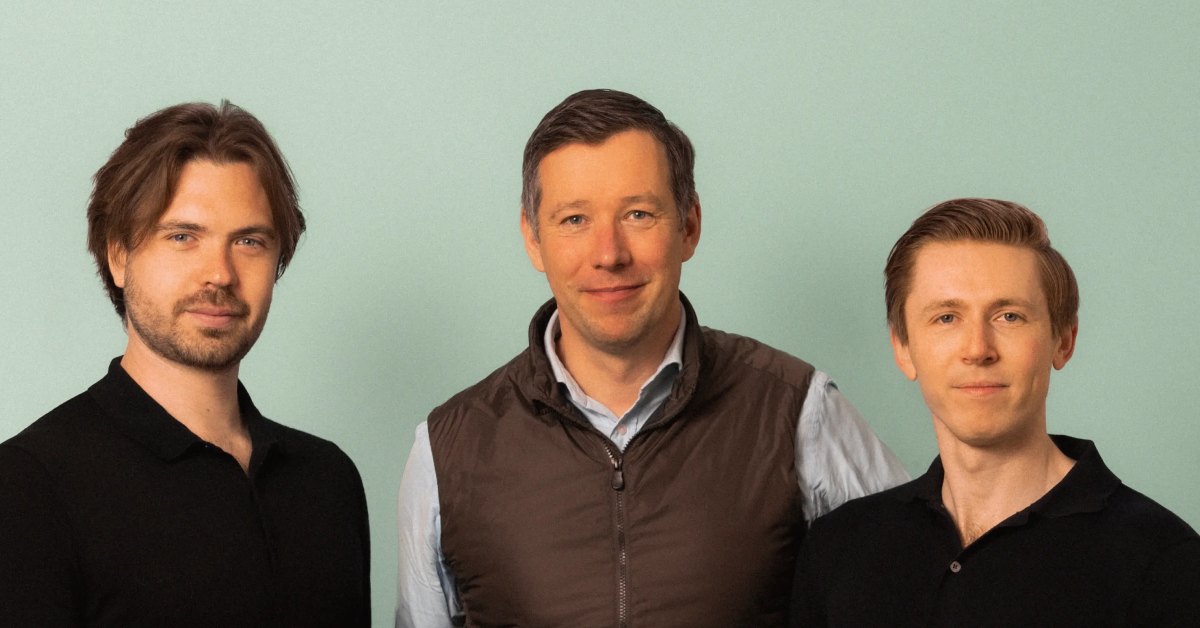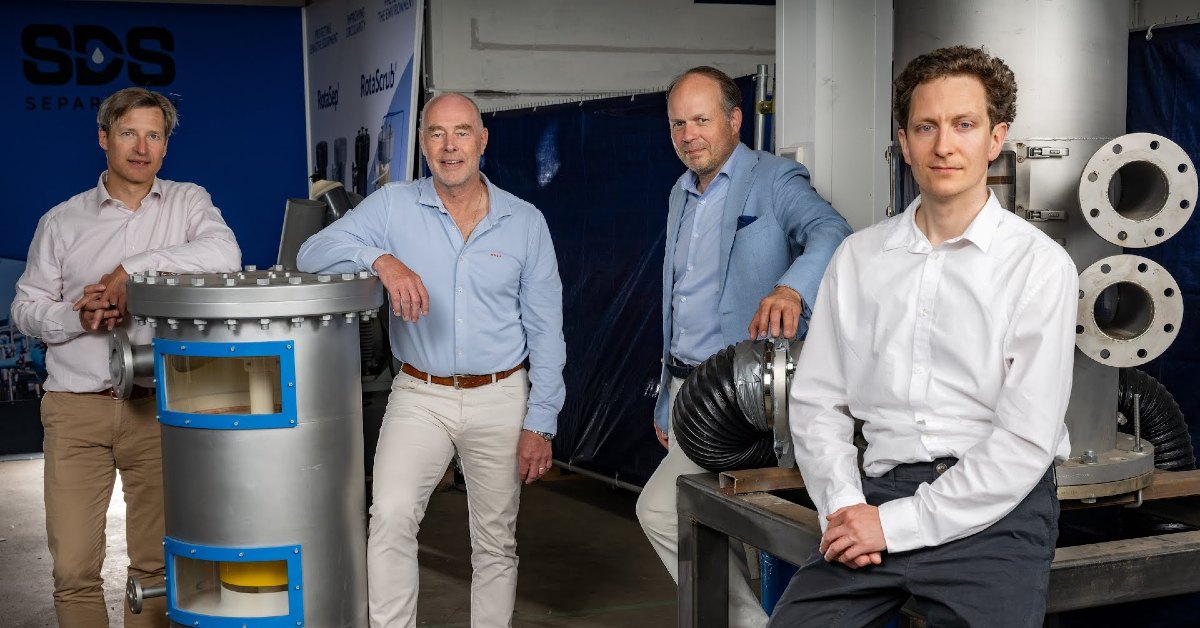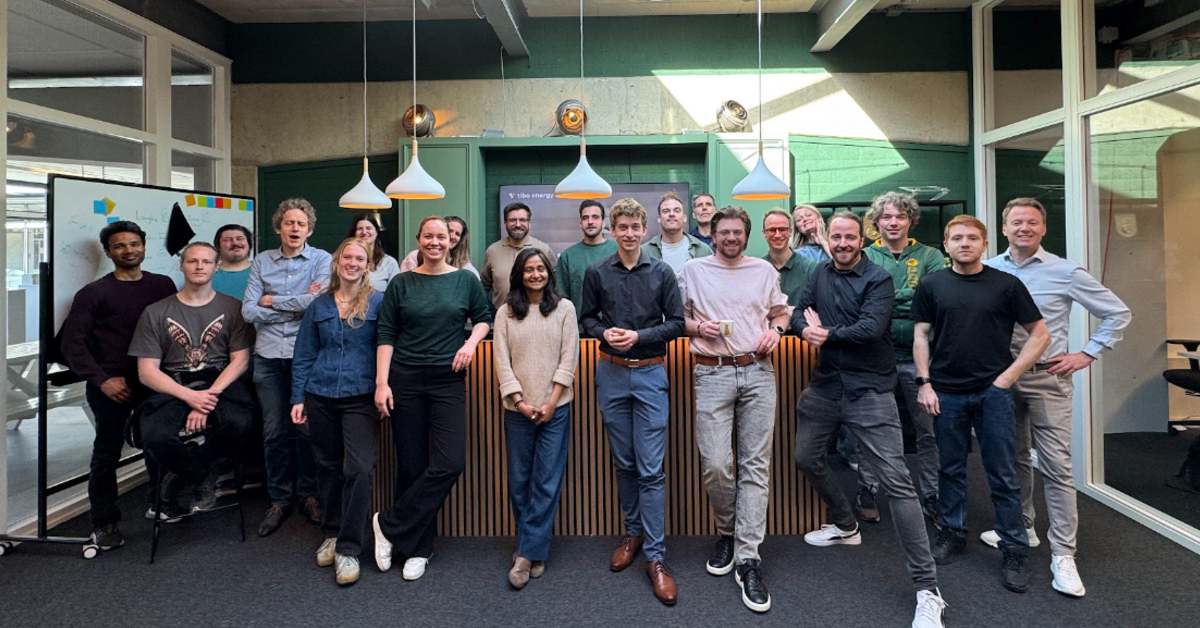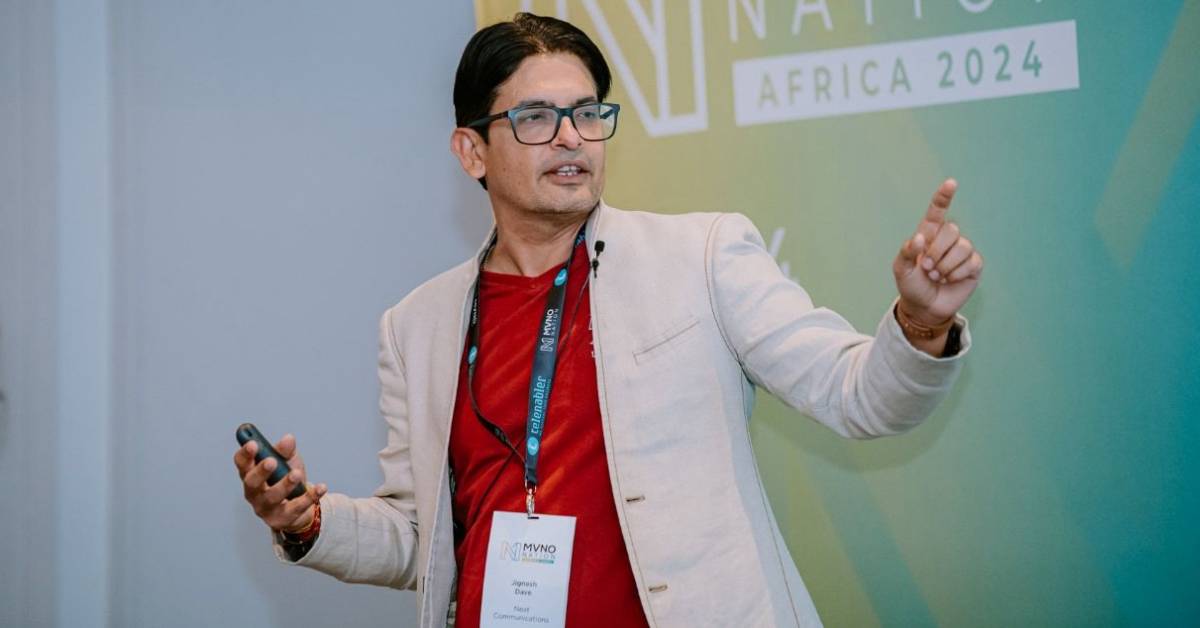Have you ever thought about how much easier life would be if you only needed one smartphone app to digitally control everything? I certainly have. And while I love my smartphone and recognize the benefits and the necessity of having multiple apps installed, I sometimes do get burned out because of it. Subsequently, with the rise of smart homes and smart spaces, the necessary amount of apps installed on smartphones is growing even further. In 2016, startup Athom released Homey, the technology that lets you control smart houses and other smart spaces with just one app.
Automation and personalization
Homey connects different technologies from different brands and makes them usable through one app. With more than 20.000 supported devices, the possibilities are almost endless. Homey is almost a smartphone on its own, as it learns about new devices by installing apps into it.
In my opinion, one of the best features the product has to offer are Flows. These are basically pre-set rules to automate your house. For example, you could set your alarm to go off at 08:00 in the morning through your Sonos speakers, and subsequently, follow up with a cup of coffee at 08:30 without even touching the coffee machine. Users could even do this without pushing a single button, as Homey supports voice control, making it possible to control your devices on the spot as well. In short, Homey enables users to automate their smart houses and smart spaces to suit their needs and daily rhythms.
Homey also won the EIT Digital Idea Challenge of 2014 in the domain Smart Spaces. We interviewed Stefan Witkamp, co-founder and commercial director at Athom on their latest achievements, how Homey is progressing and what impact the EIT Digital Challenge had on their development.
What is the current state of affairs at Homey?
Witkamp: “we are fully focused on retail business, having partners like Mediamarkt and Coolblue already. With these partners, we are planning to expand to potentially international markets. We have made our first steps in Germany, Scandinavia, and the United Kingdom. Homey has already been launched in the Netherlands since 2015.”
What did you learn and achieve at EIT Digital?
“After we won the Idea Challenge of 2014, we actually still were busy raising money through our Kickstarter crowdfunding. And since we won financial support from EIT Digital as well, we could easily cover expenses like staff costs, rent, and travel expenses for some time. We had a very good time when working with EIT Digital.
Besides the financial support, EIT Digital provided us with a sense of validation and the necessary publicity we previously lacked. The media were also helpful in this regard. EIT Digital also gave us some business coaching. Before the Kickstarter, we just had a technology prototype, but the combination of Kickstarter and the EIT Digital prize provided us with enough confidence to stop after our Bachelors and solely move on with Homey in our company Athom. Homey was available in stores 2 years later. In short, EIT Digital allowed us to turn a crowdfunding project into a well-functioning company.
You won the EIT Digital Idea Challenge of 2014 in the category Smart Spaces. How do you expect your sector to evolve?
“The amount of smart homes and smart spaces is growing really fast. More and more connected devices are being used in homes like Sonos, Smart Tv’s and Philips Hue lighting. Taking these kinds of developments into account, it is amazing to improve on Homey and subsequently sell it. The market is growing really fast. Even companies like IKEA are currently selling connected devices like their TRADFRI lamps.”
EIT Digital Challenge 2017
Athom, with their product Homey, is another example of how a startup’s project can gain international visibility and recognition through the EIT Digital Challenge. Are you part of a tech scaleup that, like Homey, wants to become a true European player? Do you want to gain international visibility and access to international markets? If the answers to these questions are yes, what are you waiting for? The EIT Digital Challenge 2017 is open for applications.
Scaleups can apply until October 8th, 2017.
-“Identifying cardiac arrhythmia with an app: an interview with Lars Grieten, CEO and co-founder at Fibricheck”, https://siliconcanals.com/news/startups/health-medtech-startups/identifying-cardiac-arrhythmia-fibricheck/
-“Secure sharing made easy: an interview with Storro, winner of the EIT Digital Challenge 2015”, https://siliconcanals.com/news/startups/secure-sharing-made-easy-interview-storro-winner-eit-digital-challenge-2015/
-“EIT Digital Challenge 2017 gives tech scaleups the chance to become a true European player”, https://siliconcanals.com/events/eit-digital-challenge-2017/










01
From telecom veteran to Dutch Startup Visa success: The Jignesh Dave story